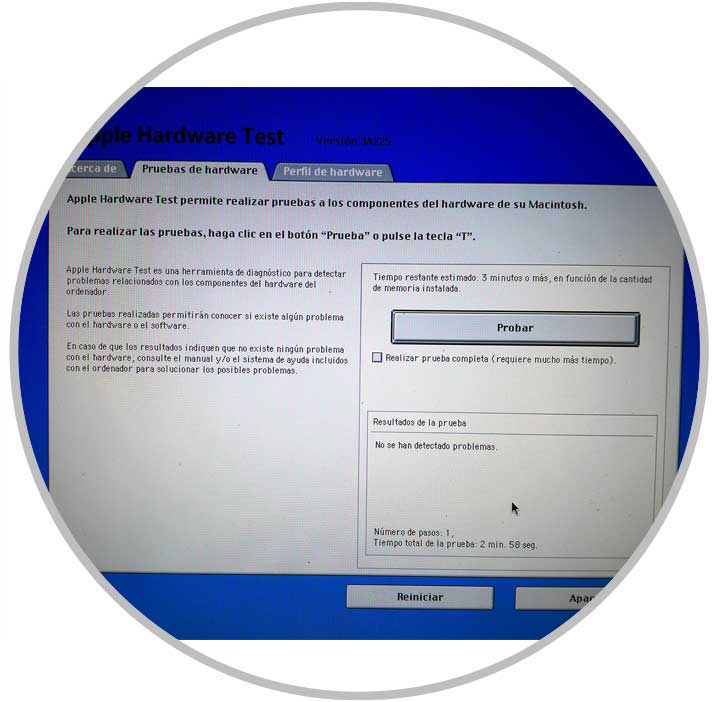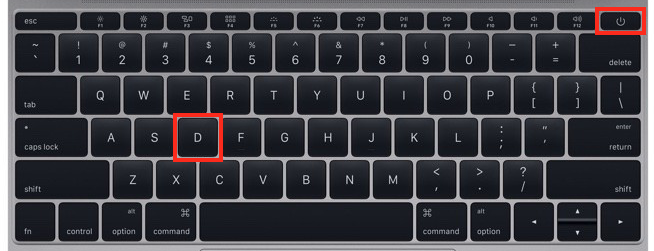
- #APPLE DIAGNOSTICS NOT STARTING YOSEMITE HOW TO#
- #APPLE DIAGNOSTICS NOT STARTING YOSEMITE FULL#
- #APPLE DIAGNOSTICS NOT STARTING YOSEMITE PRO#
- #APPLE DIAGNOSTICS NOT STARTING YOSEMITE PASSWORD#
If, for some reason you can't activate it, try using the DVD that came with your Mac! It will 100% run from the DVD.


Your only solution use Apple's Hardware Test. Disc Diagnostics comes integrated on a Macintosh with an SSD and, mainly, every model build since 2013! You won't be able to use Disc Diagnostics with your PowerMAc G5, because the model is to 'old'.
#APPLE DIAGNOSTICS NOT STARTING YOSEMITE FULL#
MAKE SURE TO RUN THE FULL TEST!!! It might take a bit, but just in case, ok?! just answering in case you don't and clearly just wanting to help you a bit more.Īfter running the hardware test, perhaps you could let me know how it went. Using Apple Hardware Test - Apple Support Put the DVD in the drive and restart you're Mac, keeping the 'D' key pressed! It will start automatically.
#APPLE DIAGNOSTICS NOT STARTING YOSEMITE HOW TO#
In case you don't know how to use it (and since you're on OS X 10.10.3), you must have the 'Applications DVD' that came with your iMac. It has to have an SSD on it!!!!! Since your iMac's from 2007, it comes with an HDD!!! The only equivalent you have is 'Apple Hardware Test'. OS X Yosemite: Use Apple Diagnostics or Apple Hardware Test (I do apologize, but I completely forgot about this!) Check this Apple page. You won't be able to run Disc Diagnostics on your Mac for one reason: only Macintosh's that were made after 2013 come with it!!!!!! I completely forgot about something!!!!!!! In case you need any more assistance feel free do post here. It will read the Hardware Test (on the DVD) and it will work! This DVD is required after OS X Mavericks! Though on my 2010 MacBook I started using it with OS X Lion. After putting it on it's superdrive, reboot your Mac and press 'D'. So, in order to use Apple Hardware Test, you must have the Applications DVD that came bundle with your Mac (the one which has the iLife apps!).
#APPLE DIAGNOSTICS NOT STARTING YOSEMITE PRO#
If you have a MacBook Pro - with a superdrive -, that wasn't fabricated after mid 2013 then you won't be able to access Dic Diagnostics. All models made after mid 2013 are capable of running Disc Diagnostics, which is, in a matter of speaking, an updated version of Apple Hardware Test! Also, those models don't come with a superdrive.
#APPLE DIAGNOSTICS NOT STARTING YOSEMITE PASSWORD#
When it finishes, just make sure to activate the password again if you wish.Īlso, note that this was happening on my 2014 MacBook Air. in a matter of seconds, you Mac will start Disc Diagnostics. If you have one, you should deactivate it, via Disc Utility.

Why was I having this problem? Because I had the Firmware password activated. ' "/Library/Preferences/ I posted this thread, I was actually having problem in accessing Disc Diagnostics. Osvers= $(sw_vers -productVersion | awk -F. This script is also available as a payload-free package on my GitHub repo, available for download from the payload_free_package directory available from the link above.

The script is below and is also available on my GitHub repo. In turn, that should stop the iCloud and Diagnostics pop-up messages from appearing on that Mac. Building on work done by the folks behind DeployStudio, I’ve built a script that pre-sets those values for new and existing accounts on a particular Mac. See below the jump for the details.Īpple is using /Users/username/Library/Preferences/ to store the settings that indicate whether or not the iCloud sign-in and Diagnostics agreement processes have run. As part of preparing for Yosemite in my own shop, I’ve developed a script that should disable both the iCloud and Diagnostics pop-ups on 10.7.2 – 10.10.0. Since having these pop-up windows appear may not be desirable in all Mac environments, it makes sense to be able to turn this off for new user accounts. In 10.10, Apple added a new Diagnostics & Usage window that pops up at first login after the iCloud sign-in. Starting in 10.7.2, Apple has set the iCloud sign-in to pop up on the first login.


 0 kommentar(er)
0 kommentar(er)
